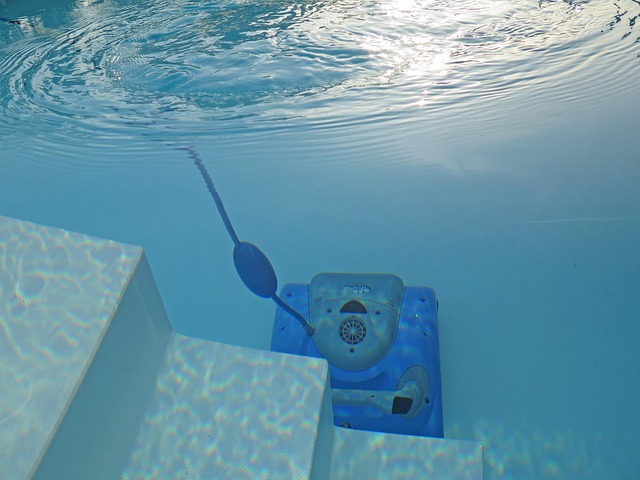Mold thrives in damp, dark spaces but traditional chemical remediators pose health risks. Baking soda and hydrogen peroxide offer a powerful, natural duo for non-toxic mold remediation. This eco-friendly method effectively breaks down and eliminates mold spores without leaving harmful residues, making it safe for homes with children and pets. However, prioritize safety when using these substances, as direct contact or inhalation can cause irritation. Real-life success stories highlight their effectiveness in combating mold infestations and improving air quality.
“Discover a powerful, non-toxic mold remediation solution with everyday ingredients: baking soda and hydrogen peroxide. This natural approach addresses mold growth concerns without harsh chemicals. In this comprehensive guide, we explore why these simple substances are effective against mold. Learn about traditional remediation methods, the benefits of our suggested solution, and step-by-step instructions for creating an eco-friendly, safe, and potent anti-mold mixture. Plus, find real-life success stories and safety tips for handling these natural agents.”
- Understanding Mold Growth and Traditional Remediation Methods
- The Benefits of Using Baking Soda and Hydrogen Peroxide for Non-Toxic Mold Removal
- Step-by-Step Guide: Creating a Natural Mold Remediator Solution
- Safety Precautions When Handling These Ingredients
- Real-Life Applications and Success Stories
Understanding Mold Growth and Traditional Remediation Methods

Mold thrives in damp, dark environments, often hidden behind walls or beneath surfaces, making its presence difficult to detect until it becomes a significant problem. Traditional remediation methods typically involve aggressive chemical solutions that can be hazardous and leave residual chemicals behind. These methods often mask the issue rather than address the root cause, leading to potential health risks for occupants and environmental concerns. As a result, there’s a growing interest in non-toxic mold remediation alternatives.
Baking soda and hydrogen peroxide offer a promising, eco-friendly approach. Both substances are naturally occurring compounds known for their antimicrobial properties. Baking soda (sodium bicarbonate) is mild yet effective at neutralizing odors and breaking down mold spores, while hydrogen peroxide (H2O2) acts as a powerful oxidizer, safely eliminating mold and its harmful toxins without leaving any poisonous residue.
The Benefits of Using Baking Soda and Hydrogen Peroxide for Non-Toxic Mold Removal
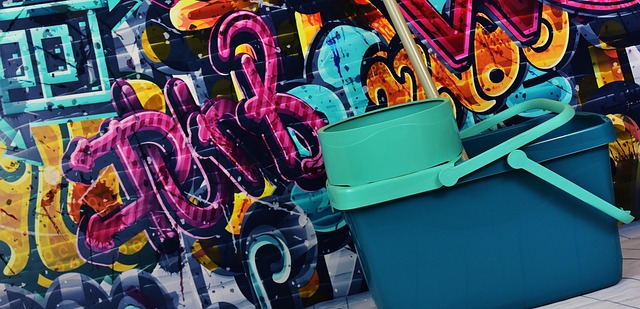
Baking soda and hydrogen peroxide are powerful allies in the battle against mold, offering an effective and non-toxic approach to mold removal. Unlike many commercial mold remediators that can be harsh and leave residual chemicals, these natural ingredients provide a safe alternative for both indoor and outdoor applications. Baking soda acts as a mild abrasive, helping to scrub away mold spores and dislodge them from surfaces. Meanwhile, hydrogen peroxide serves as a powerful oxidizer, breaking down the cellular structure of mold and preventing its growth.
By combining these two substances, you create a dynamic duo capable of tackling mold effectively while minimizing environmental impact. This non-toxic mold remediation method is ideal for homeowners looking to address mold issues without exposing themselves or their families to harmful chemicals. It’s also an eco-friendly choice, reducing waste and ensuring that no toxic residues are left behind.
Step-by-Step Guide: Creating a Natural Mold Remediator Solution
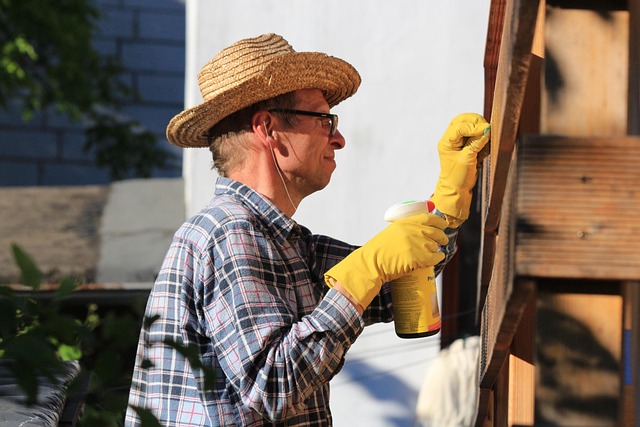
Creating a natural, non-toxic mold remediator at home is simpler than you think. Start by combining equal parts baking soda and hydrogen peroxide in a spray bottle. Baking soda acts as a mild abrasive that helps to break down mold spores on contact, while hydrogen peroxide is a powerful oxidizer that eliminates them.
To use the solution, simply spray it directly onto the affected area. Let it sit for 10-15 minutes to allow the active ingredients to work their magic. After the time has elapsed, scrub gently with a soft brush or cloth and wipe away any visible mold. This method is not only effective but also environmentally friendly and safe for use in homes with children and pets, making it an ideal choice for non-toxic mold remediation.
Safety Precautions When Handling These Ingredients
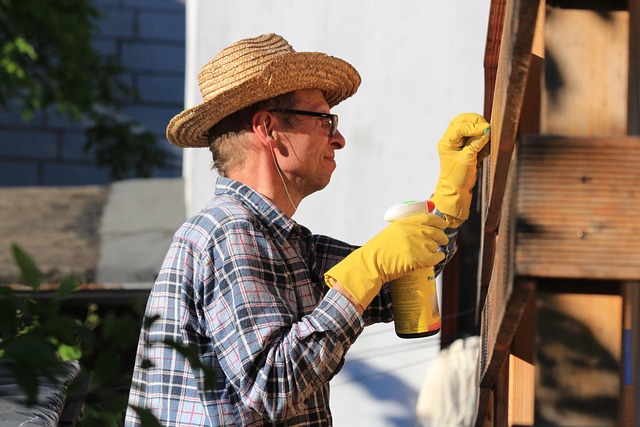
When utilizing baking soda and hydrogen peroxide for mold removal, safety should be your top priority. Both substances are generally considered safe for household use in small concentrations, but direct contact or inhalation can cause irritation. Always wear protective gear, including gloves, eye protection, and a mask, when mixing or applying these ingredients to prevent any adverse effects. Ensure proper ventilation in the area to minimize exposure to fumes. Additionally, keep these solutions away from children and pets to avoid accidental ingestion or contact.
Remember that while baking soda and hydrogen peroxide are non-toxic mold remediation options, they may not be suitable for all situations, especially extensive or severe mold infestations. It’s crucial to understand the limitations and follow appropriate safety protocols to ensure a safe and effective cleaning process.
Real-Life Applications and Success Stories
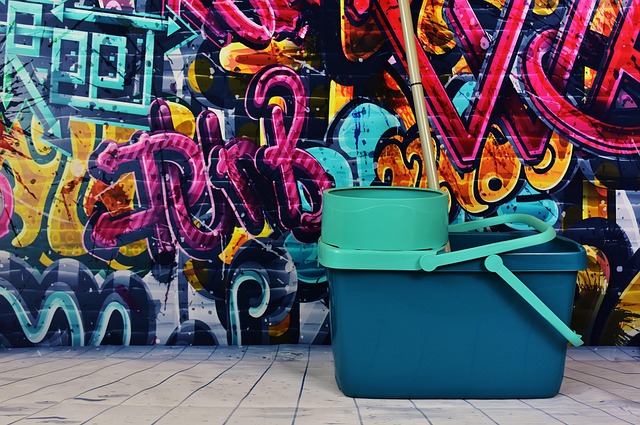
In the realm of non toxic mold remediation, baking soda and hydrogen peroxide have emerged as unlikely heroes. These simple, natural ingredients have been successfully utilized by folks navigating the challenges of mold infestations in their homes or businesses. Real-life applications abound, with many sharing their stories of effective and safe mold removal. From basement renovations to post-flood cleanups, the combination of baking soda and hydrogen peroxide has proven to be a powerful ally in the battle against mold.
Success stories highlight the effectiveness of this non toxic approach. Homeowners report visible reductions in mold growth after just a few applications, with some even noting an improvement in air quality and a disappearance of musty odors. Businesses have likewise benefited from this eco-friendly method, saving on costly remediation while ensuring a safe environment for employees and customers alike. These real-world experiences underscore the potential of baking soda and hydrogen peroxide as viable alternatives to traditional, potentially hazardous mold removal methods.
